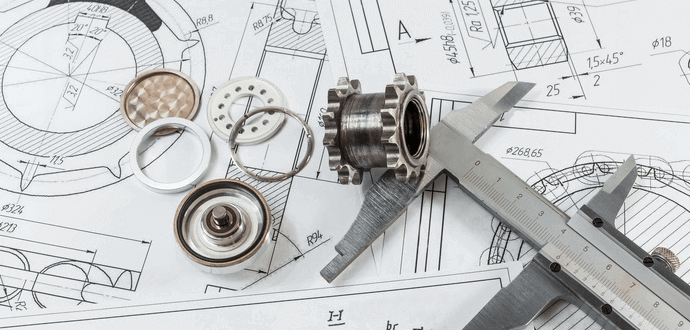Pneumatics Machine Design

The air at a compressor’s intake contains about 78% nitrogen, 21% oxygen, 0.9% argon, and other trace gases. Most importantly, it also contains varying amounts of dust, pollen, other airborne contaminants and water. Depending on the environment, lots of dirt and water are possible. Dirt is an abrasive, and water is a solvent. They have to be removed at point of compression, and failing to do so will cause major problems.
- Use an “after cooler” with automatic drain immediately after the compressor if not built in.
- Use an air tank with automatic drain. This component stores energy, allowing the compressor to run cooler and less often, extending life. It also serves as a heat exchanger to eliminate additional condensate.
- Use a main line filter with automatic drain next in-line. Over capacity at this point is far better than under capacity.
- Use a refrigerated dryer with automatic drain after the main line filter.
- Use plumbing practices to inhibit the transmission of water and materials that inhibit the formation of corrosion.
- Use correct “point-of-use” filtration.
- If control of the compressed air supply is not a possibility, use addition-al filtration and automatic drains at point of use on the machine. Note an acceptable air cleanliness standard for the machine (reference ISO 8573-1) and base warranty information upon the use of clean, dry air.